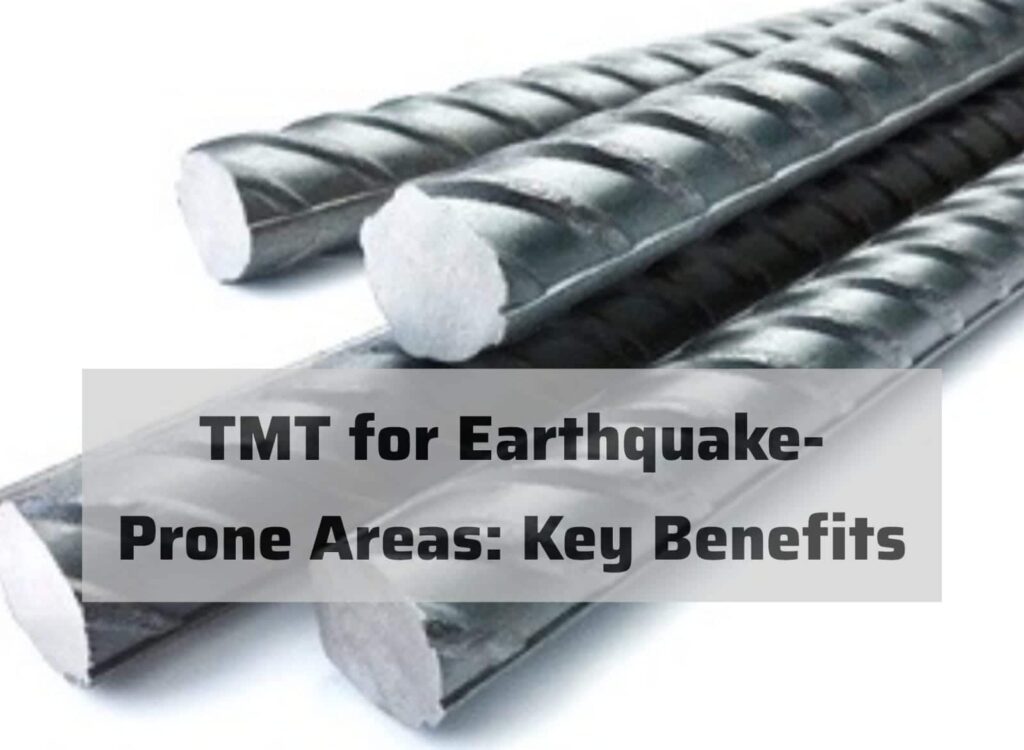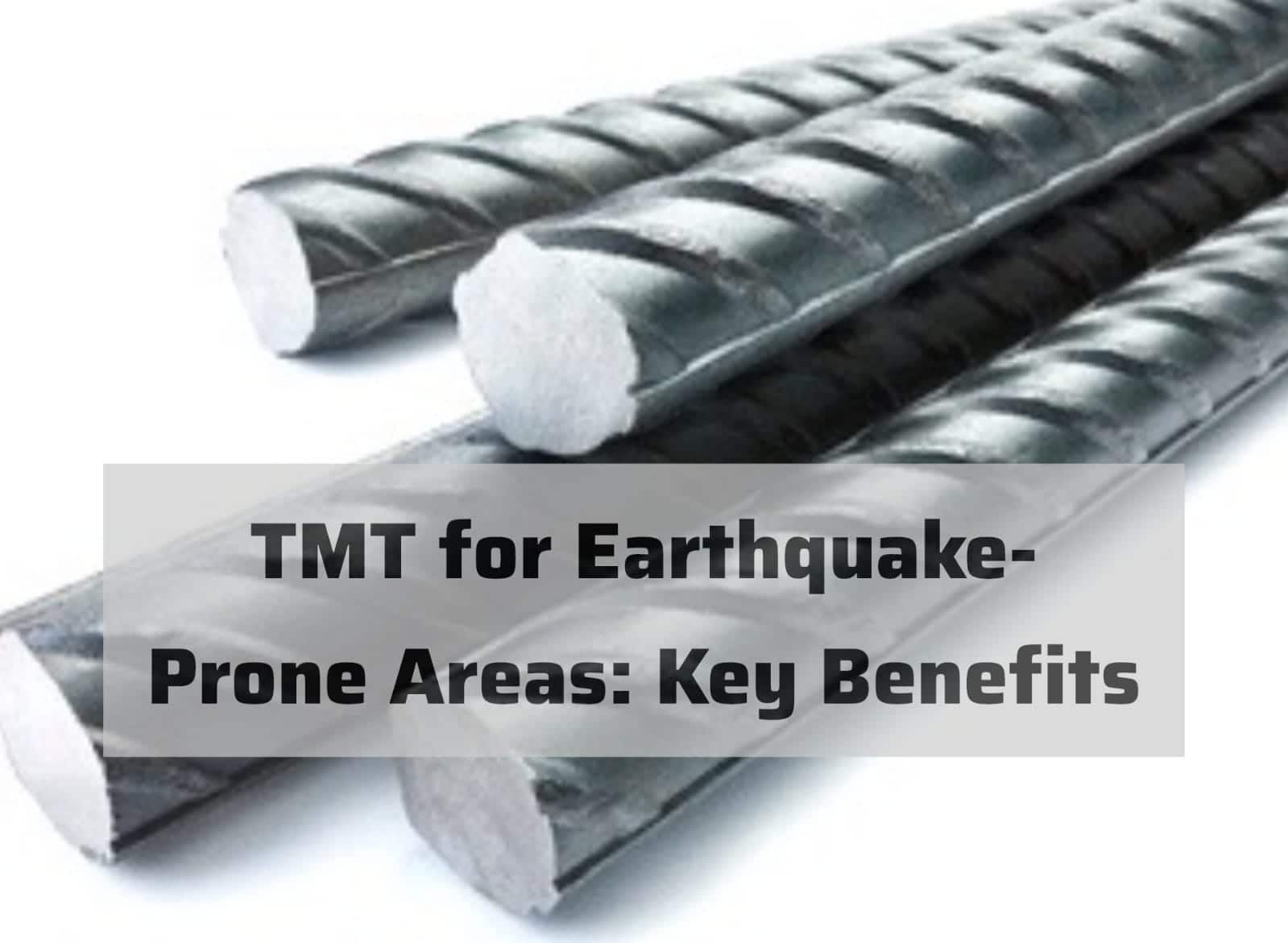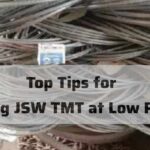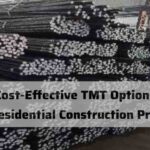1. High Strength and Ductility
– TMT bars consist of a cover of oxide as well as a superior stage state of low statistics.TMT bars thus enhance the tensile strength of the steel.
– But they can also be tuned and validated to deliver and, in the event of an earthquake, it lowers the risk of structure failure.

2. Superior Bonding with Concrete
– Thus they have more ribbed surface than the normal stirrups so that they provide better holding to the concrete.
– Improved partnerships also reduce the likelihood of having concentrated loads as they are disseminated adequately to reduce any comprehensive failures.
3. Corrosion Resistance
– In addition, the procedures that go into producing TMT bars are equally very effective in making these products unfavorable to corrosion activities.
– It prevents the development of rust and thus maintains the integrity of the material and the load that it requires to come through.
4. Fatigue Resistance
– Ordinarily, TMT bars can withstand numerous cycles of loading without cracking propagations as a result of attributes of tensile steel.
– It is also necessary for structures to be able to maintain a fatigue strength to ensure that they can take the seismic forces that occur in such an area.
5. Cost-Effectiveness
– TMT bars have a slightly higher initial cost as compared to the normal bars, but in the longer run it does handy which contributes to positive changes in the improvements of structures and safety and their sustainability.
– Another advantage of steel structures is that they demand little or no maintenance and repair costs since they are not known to corrode or wear out as some concrete structures do.
6. Compliance with Building Codes
– In the regions where the probability of occurrence of earthquakes is high, the development laws can also demand that engineers engaging in construction use materials with high strength such as the TMT bars.
– To minimize instances where structures are affected or in the worst results, destroyed by the forces that deal with faults in constructing structures during earthquakes.
Summary
– Strength and Ductility: Essential for withstanding dynamic seismic forces.
– Bonding: Better concrete grip distributes forces, preventing failures.
– Corrosion Resistance: Ensures durability in varied weather conditions.
– Fatigue Resistance: Handles repetitive seismic stress without weakening.
– Cost-Effectiveness: Long-term savings through enhanced safety and reduced repairs.
– Regulatory Compliance: Meets modern safety standards, ensuring resilience.


